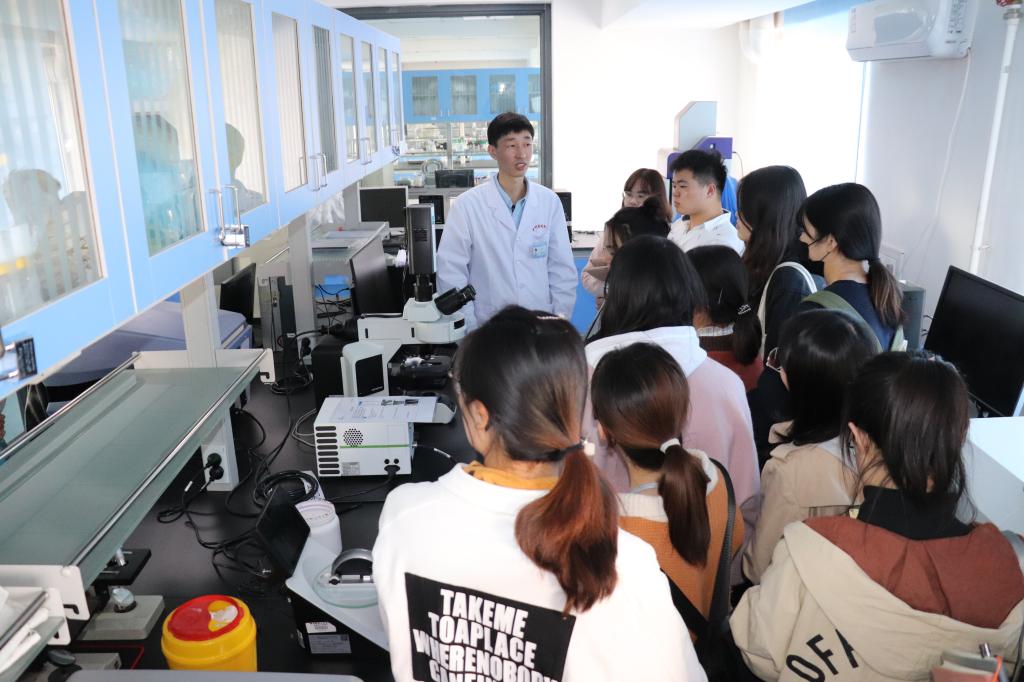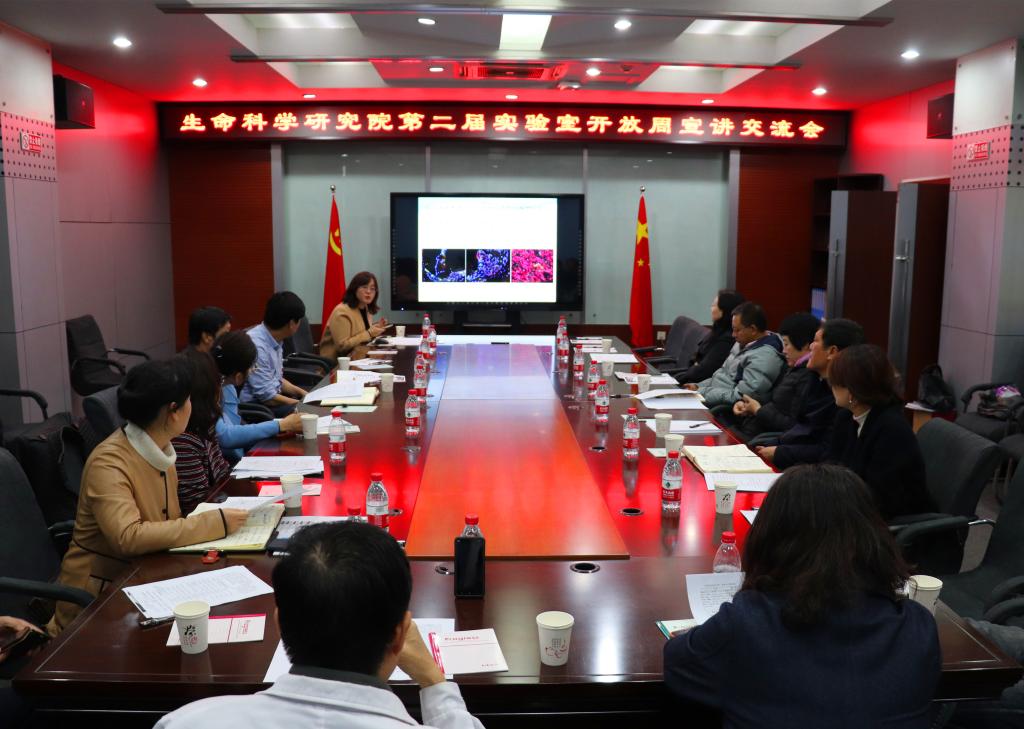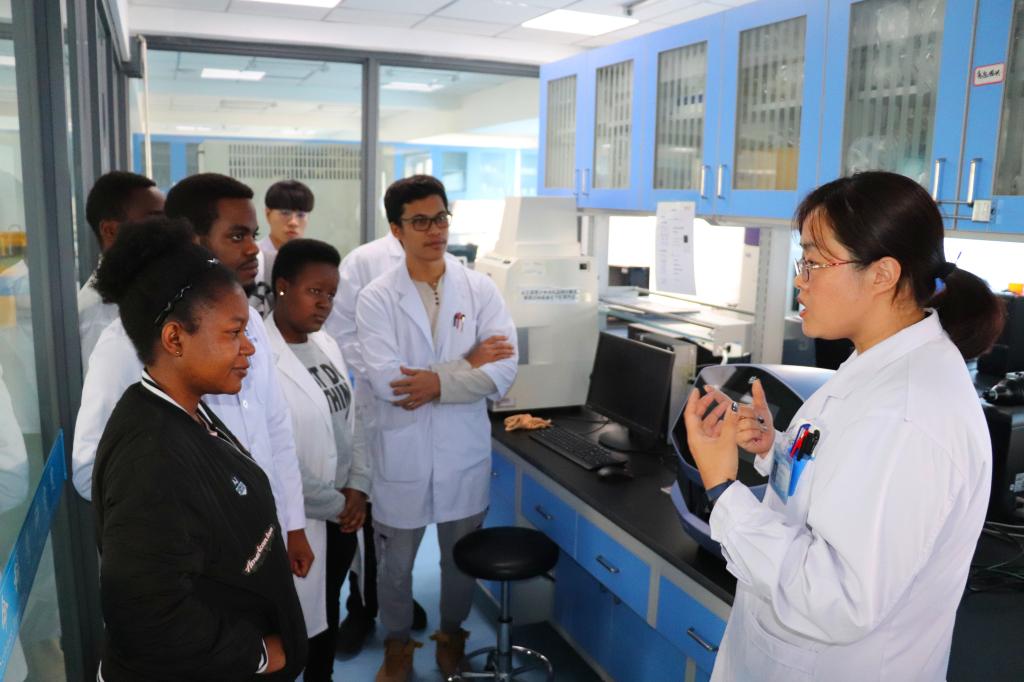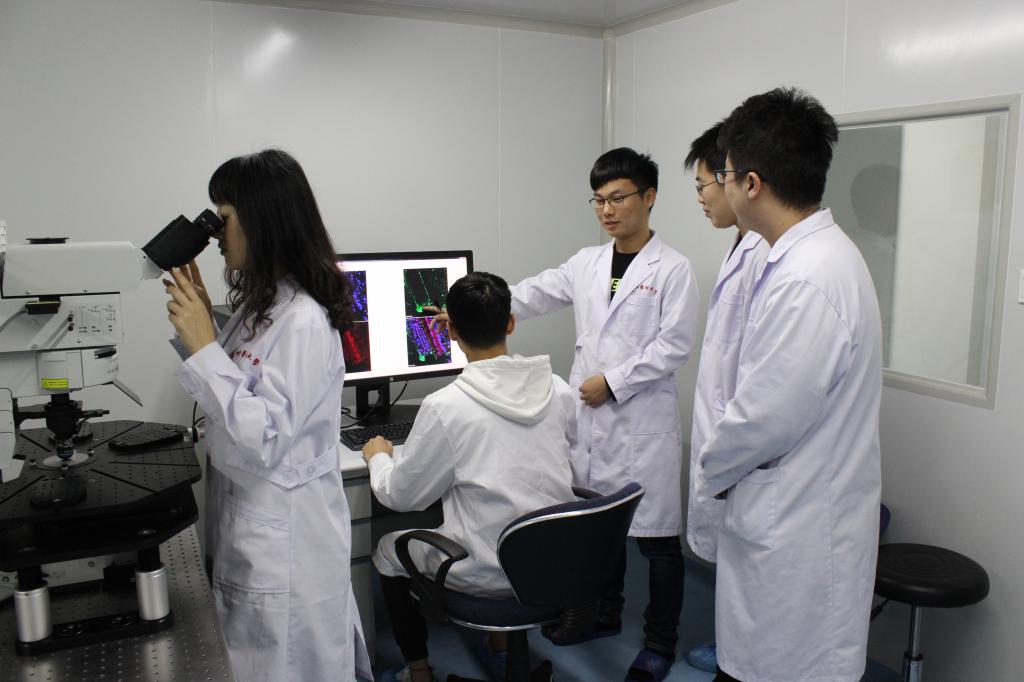Founded in 2015, the School of Life Sciences, formerly known as the Science Experiment Center of Jinzhou Medical University, is a teaching and research institution integrating teaching, scientific research and public services created and gathered the whole strength of the university. The school has a public service platform to provide scientific research services for the whole university and even for the regional needs. At present, a series of technical platforms such as micromorphology, cell function and functional genomics have been formed.
At present, the school has 3 doctoral supervisors, 5 returned overseas Chinese high level scholars , 2 foreign imported talents, 20 deputy senior titles and above, 14 doctoral students and 23 master's students.

Currently there are Liaoning Cancer Immunology and Molecular Diagnosis and Treatment Technology Engineering Research Center, Liaoning Tumor Immunology and Molecular Diagnosis and Treatment Technology Engineering Laboratory, Molecular Cell Biology and New Drug Development Key Laboratory, and Liaoning Institute of Industrial Technology Standardization Research Institute of Traditional Chinese Medicine. Achieved practical cooperation with the National Chinese Patent Medicine Engineering Technology Research Center, Bailing Pharmaceutical, Dechangxiang Pharmaceutical, Buchang Pharmaceutical, Yunnan Yunzhi Pharmaceutical and other enterprises. Established a co-construction laboratory, jointly declared 2 national projects, jointly formulated 3 industry standards, approved 5 horizontal projects, and host a national academic conference.

In recent years, the school has been approved 1 major research plan project of the National Natural Science Foundation of China, 1 key project of the National Natural Science Foundation of China, 9 projects of the National Natural Science Foundation of China, 1 sub-project of major national new drug creation project, 1 special project of traditional Chinese medicine science and technology of the State Administration of Traditional Chinese Medicine, and 35 provincial projects. A total of 51 SCI papers have been published, with a total impact factor of more than 214, of which 20 SCI papers with a single impact factor greater than 5 have been awarded 2 patents for invention.


